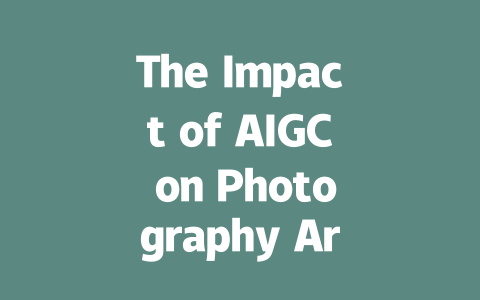
The advent of Artificial Intelligence Generated Content (AIGC) has revolutionized various fields, and photography art education is no exception. With the integration of AIGC technologies, educators and students alike are experiencing newfound opportunities and challenges. This article explores the ways AIGC is reshaping photography education, its benefits, and the ethical considerations educators must address.
Understanding AIGC in Photography
AIGC refers to content created through artificial intelligence algorithms, which can mimic human creativity. In the context of photography, AIGC tools can generate images, manipulate existing photos, and even assist students in their creative processes. These advanced technologies can help bridge the gap between traditional photographic techniques and modern digital practices, making photography more accessible to a broader audience.
Enhancing Creativity and Experimentation
AIGC offers students the ability to experiment with various styles and techniques without the fear of failure. This has significant implications for photography education, where students often struggle with honing their unique styles. By utilizing AIGC tools, students can generate multiple outputs based on a single idea, allowing them to explore diverse creative avenues. This freedom encourages innovation and helps students develop their artistic voice.
Overcoming Technical Barriers
Photography can sometimes be daunting for beginners due to its technical aspects, including camera settings, composition, and post-processing. AIGC technologies can alleviate these challenges by providing real-time feedback and automated enhancements, enabling students to focus more on their creative vision. For instance, AI-powered editing software can suggest adjustments or styles based on industry trends, significantly reducing the learning curve.
A New Tool for Educators
Instructors can also benefit from AIGC. By incorporating AI tools into their curriculum, educators can provide personalized feedback and tailor lessons to meet students’ individual needs. Additionally, AIGC can serve as a valuable resource for history lessons, showcasing how photography has evolved and integrating modern techniques into traditional contexts. This blend of old and new enriches the learning experience and prepares students for the future of the field.
Ethical Considerations and Challenges
Despite its advantages, the rapid adoption of AIGC raises important ethical questions. As students produce AIGC-assisted work, issues surrounding originality, copyright, and the essence of human creativity come to the forefront. Educators must engage students in discussions about these dilemmas, fostering a critical understanding of the implications of AIGC in photography. Establishing guidelines for the use of AIGC in academic settings is essential to ensure that students maintain their artistic integrity and understand the value of their contributions.
Conclusion
The impact of AIGC on photography art education is profound and multifaceted. By enhancing creativity, reducing technical barriers, and serving as a powerful educational tool, AIGC is paving the way for innovative pedagogical practices. However, it is equally important to address the ethical challenges posed by these technologies as we integrate them into the curriculum. With thoughtful implementation, AIGC can enrich photography education and inspire a new generation of artists who understand the balance between human creativity and technological advancement.

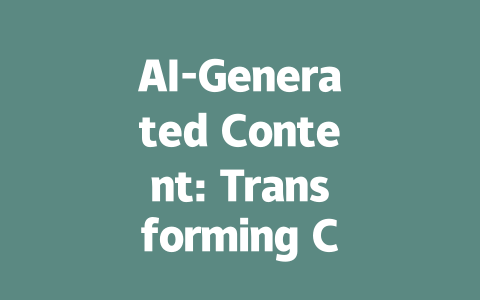

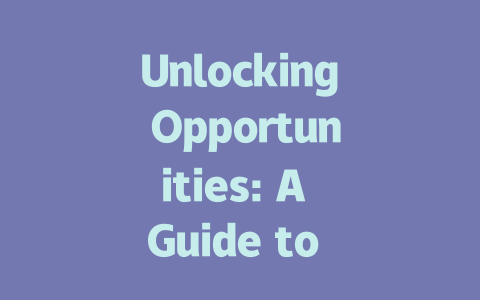


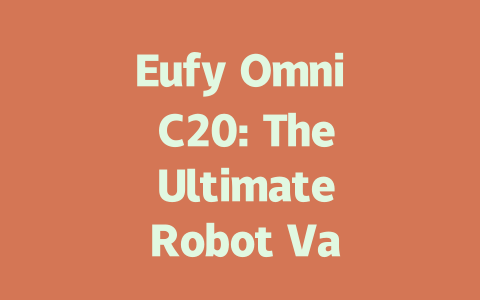
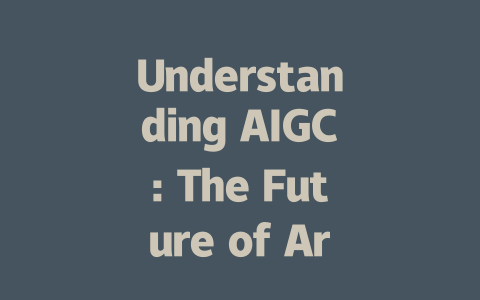
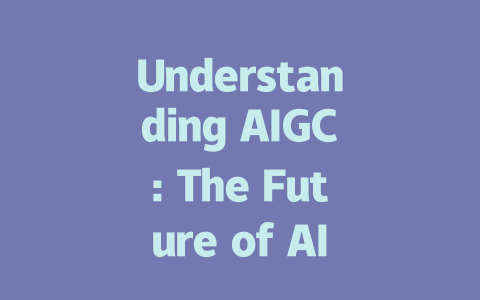
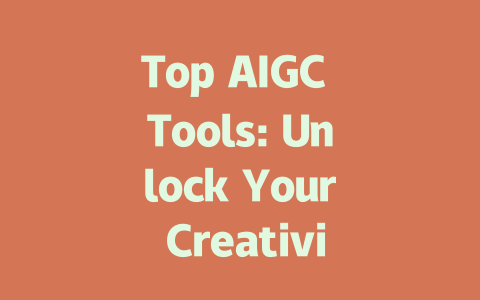
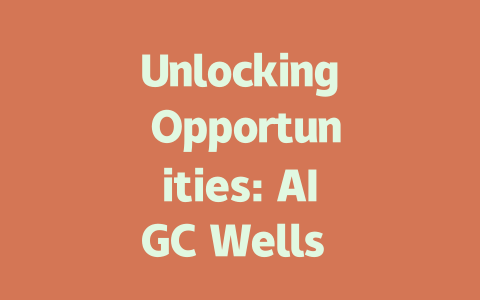

暂无评论内容